Scientists Rebuilt Functional Components Of Human Heart Using 3D Printing Technology
Sundar Pichai - Aug 29, 2019
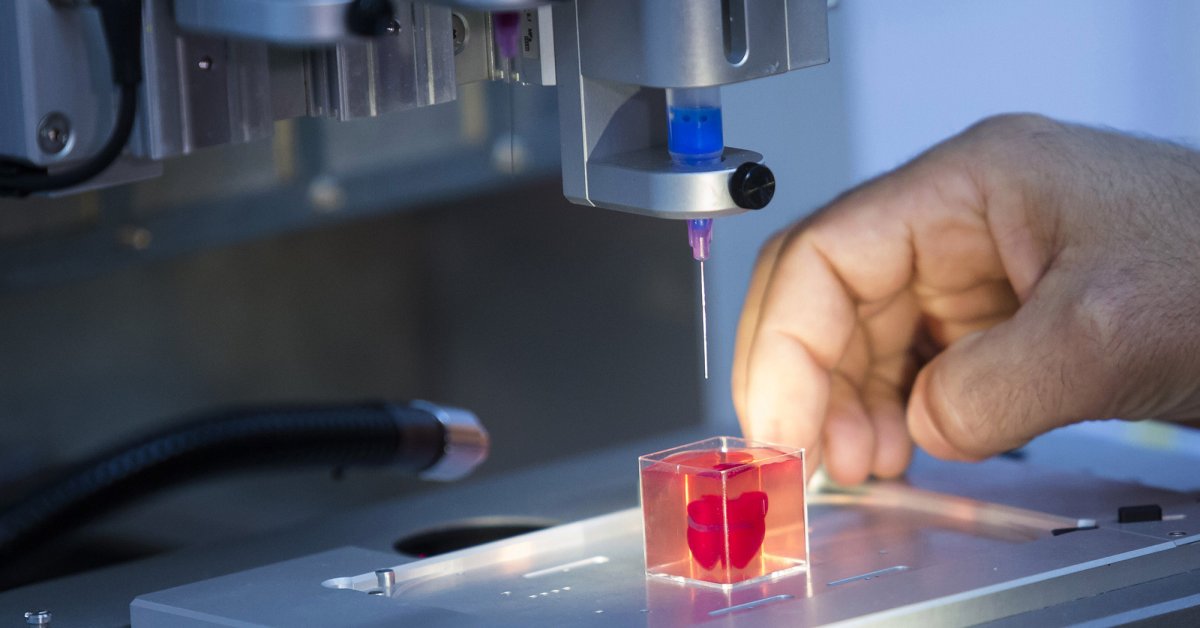
A team of researchers from Carnegie Mellon University just 3D printed functional components of the human heart, proving promising use of 3D printing tech.
- India’s First 3D-Printed Building With Indigenous Construction Materials
- KFC Plans To Make 3D-Printing Chicken And Add It To Their Menu
- Scientists Use Math To 3D Print The World's Strongest Steel
Biofabrication technology, widely used in medical research, supports scientists in creating vascularized and innervated complex organs to better integrate with the surrounding tissues for implantation. Otherwise, these constructs can be used to study mechanisms and possible therapies behind pathological conditions or organ regeneration.
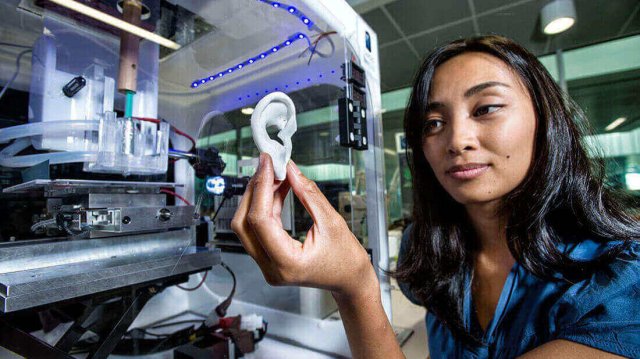
Due to these practical applications, biofabrication is aimed to develop tissue scaffolds, dealing with life-threatening diseases such as end-stage renal failure. Scientists across the world have made various attempts to realize the concept but see certain obstacles. And from now, the situation has changed, as researchers from Carnegie Mellon University successfully fabricated tissue components of the human heart at multiple length scales using a 3D printing technology named FRESH.
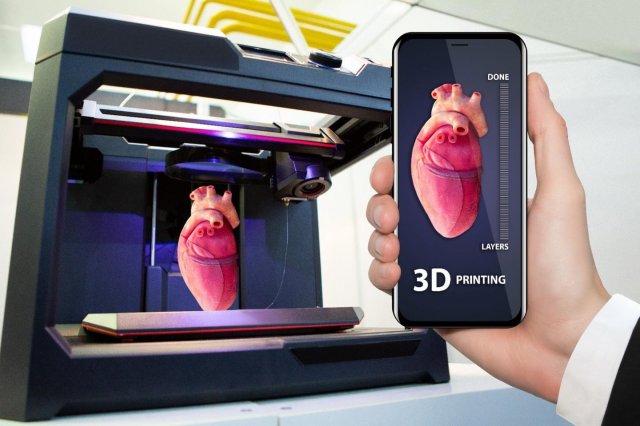
The solutions of FRESH
Before the invention of FRESH, 3D bio-printing has reached major milestones including micro-physiological devices, patterned tissues, and more. However, micropatterning of living cells, as well as soft biomaterials like extracellular matrix (ECM) proteins has proved intricate. The resolution and accuracy required to regenerate complex 3D function and structure made it difficult for scientists to process these soft and dynamic biological materials. That’s where FRESH comes in.
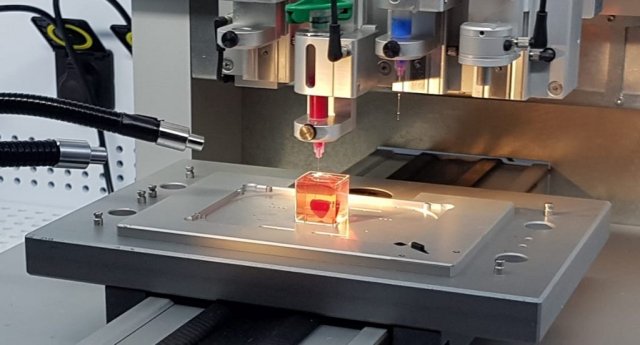
FRESH – short for Freeform Reversible Embedding of Suspended Hydrogels – provides the solution for 3D bio-printing collagen with precise adjustment of composition and microstructure. With technology, scientists are able to construct human heart components, from small blood vessels to beating ventricles.
For so long, collagen is considered an ideal substance for biofabrication. However, gelation in collagen, which is thermally driven self-assembly, restrained scientists from rebuilding complex scaffolds from the chemical’s native form.
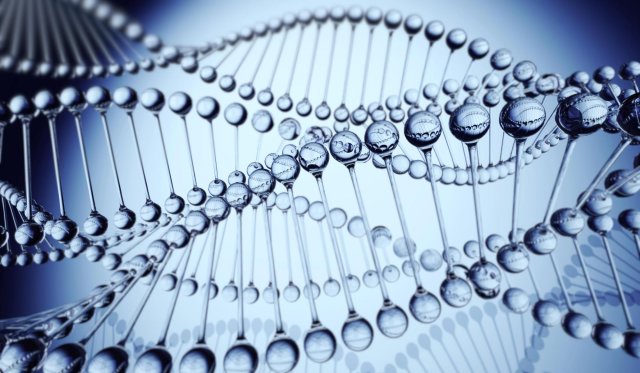
They have tried different approaches such as chemically transforming collagen into the ultraviolet (UV) or adjusting PH and temperature, but still failed to achieve the necessary accuracy. Meanwhile, FRESH enables researchers to make use of unmodified collagen as a bio-ink by using rapid change in PH which drives collagen self-assembly within a thermoreversible support bath consisting of a gelatin microparticle slurry.
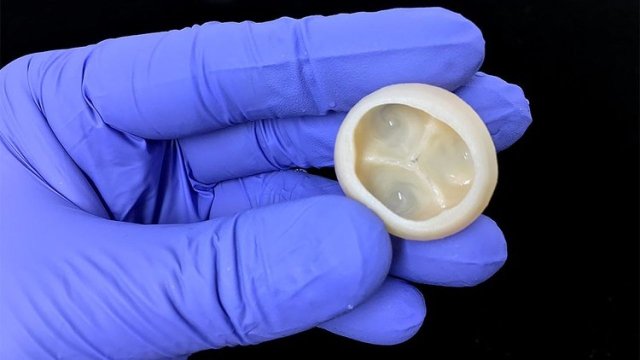
The results of testing FRESH (v2.0)
The 3D printed heart constructed through FRESH has precisely regenerated human-specific anatomical structure based on human MRI. The model of the cardiac ventricles using human cardiomyocytes also showed synchronized contractions, directional wave propagation, and wall thickening up to 14%.
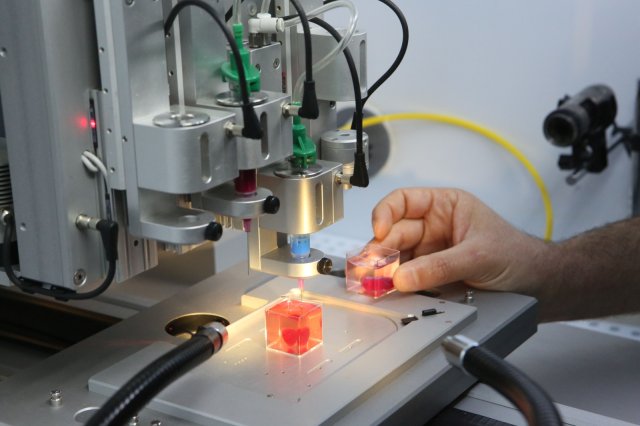
However, there remain some challenges for the team to overcome such as generating the sufficient number of cells which are required to create large tissues, establishing a regulatory process for clinical translation, and achieving manufacturing scale. The three-dimensional human heart is considered the proof-of-concept, promising the capability of generating advanced scaffolds from native tissues, thus applying the technology to a larger clinical scale in the near future.
The copyright owner of FRESH
FRESH is currently licensed to FluidForm whose founders led Carnegie Mellon University team of researchers in developing the technology. FluidForm is now focusing on designing advanced applications of FRESH technology in biofabrication, regenerative medicine, and others. LifeSupport appears as the first product of the company which allows for FRESH 3D bio-printing of soft hydrogel bio-inks in complex geometries without the need for sacrificial support inks, or ink modifiers to increase mechanical stability.
“The FRESH technique enables bio-printing researchers to achieve unprecedented structure, resolution, and fidelity. We are very excited to be making this technology available to researchers everywhere”, said Mike Graffeo, FluidForm CEO.
Featured Stories
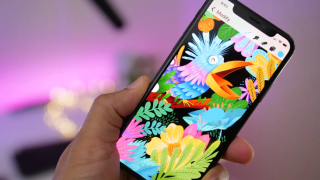
Features - Jan 23, 2024
5 Apps Every Creative Artist Should Know About

Features - Jan 22, 2024
Bet365 India Review - Choosing the Right Platform for Online Betting

Features - Aug 15, 2023
Online Casinos as a Business Opportunity in India

Features - Aug 03, 2023
The Impact of Social Media on Online Sports Betting

Features - Jul 10, 2023
5 Most Richest Esports Players of All Time

Features - Jun 07, 2023
Is it safe to use a debit card for online gambling?

Features - May 20, 2023
Everything You Need to Know About the Wisconsin Car Bill of Sale

Features - Apr 27, 2023
How to Take Advantage of Guarantee Cashback in Online Bets

Features - Mar 08, 2023
White Label Solutions for Forex

Review - Jul 15, 2022
Comments
Sort by Newest | Popular